Marathi moggu, also known as “Kapok Buds” or “Kapok Flower Buds,” is a popular spice used in Indian cuisine, particularly in South India. These buds, sourced from the silk cotton tree (Ceiba pentandra), are valued for their aromatic flavour and unique taste.
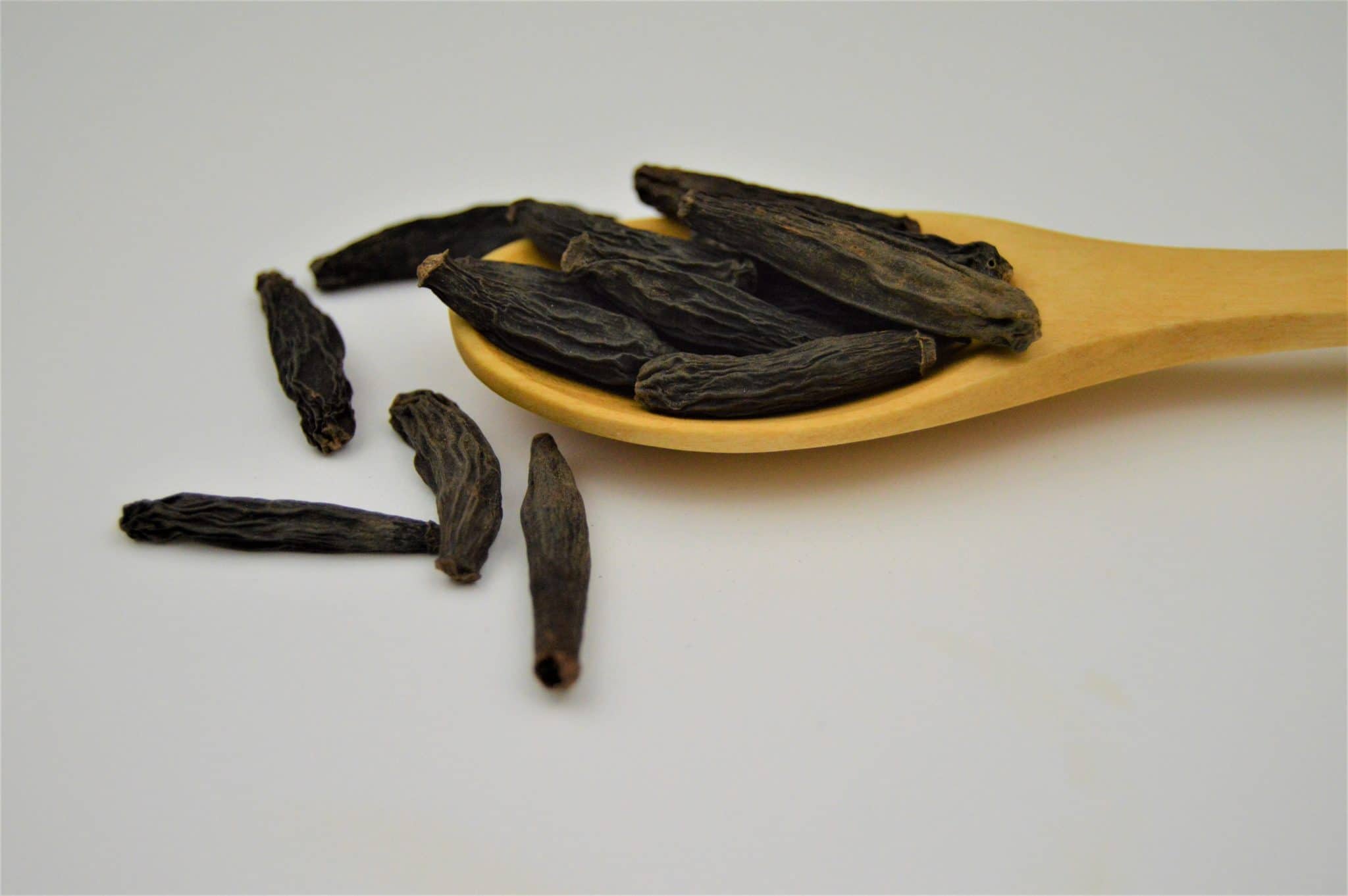
Marathi moggu is known for its ability to impart a complex and enticing taste to dishes, especially in South Indian cuisine. It is often used in spice blends such as Chettinad masala, Bisibele bath powder used to prepare popular south Indian rice and lentil based dish Bisi bele bath to enhance their flavour. While its individual taste might not be the most dominant element in a dish, it contributes to the overall depth and character of the food.
Appearance
The appearance of Marathi moggu sets them apart from other spices. Typically, they’re dried and dark brown. It is characterised by its distinctive shape, which resembles dried, twisted, and thread-like buds. The buds have a dry and slightly wrinkled texture. They have a lightweight and slightly papery texture.
Each bud of Marathi moggu is relatively small, measuring about 1 to 2 centimeters in length. The size may differ slightly based on the source and specific variety. They tend to be a dark brown color, almost black. The dried buds possess a deep, rich hue.
How to use it in cooking?
Typically, Marathi moggu is added to hot oil or ghee during the tempering stage of cooking to release its flavour or dry roasted before grinding into powder.
FAQ
It has a strong woody flavor, which is one of its defining characteristics. This woody element adds depth and complexity to the taste of the dish. There is a subtle sweetness to the taste of Marathi moggu.
This sweetness is not overpowering but adds a pleasant dimension to the overall flavor. While Marathi moggu isn’t overly spicy, it can provide a mild heat or warmth to a dish, which complements its other flavours.
The characteristics of a woody and aromatic scent are unique to the spice. The aroma is a significant part of what makes it so valuable in Indian cooking.
It may not be widely available in all regions or grocery stores outside of South India. It is commonly found in specialty Indian grocery stores or online.
Related
Looking for other Indian spices like this? Check these:

Welcome to Flavours Treat. I share vegetarian recipes made with wholesome, mostly fresh ingredients. Every recipe has easy-to-follow instructions with process shots (detailed step-wise pictures), a short video and lots of tips to help your cooking journey. Read more

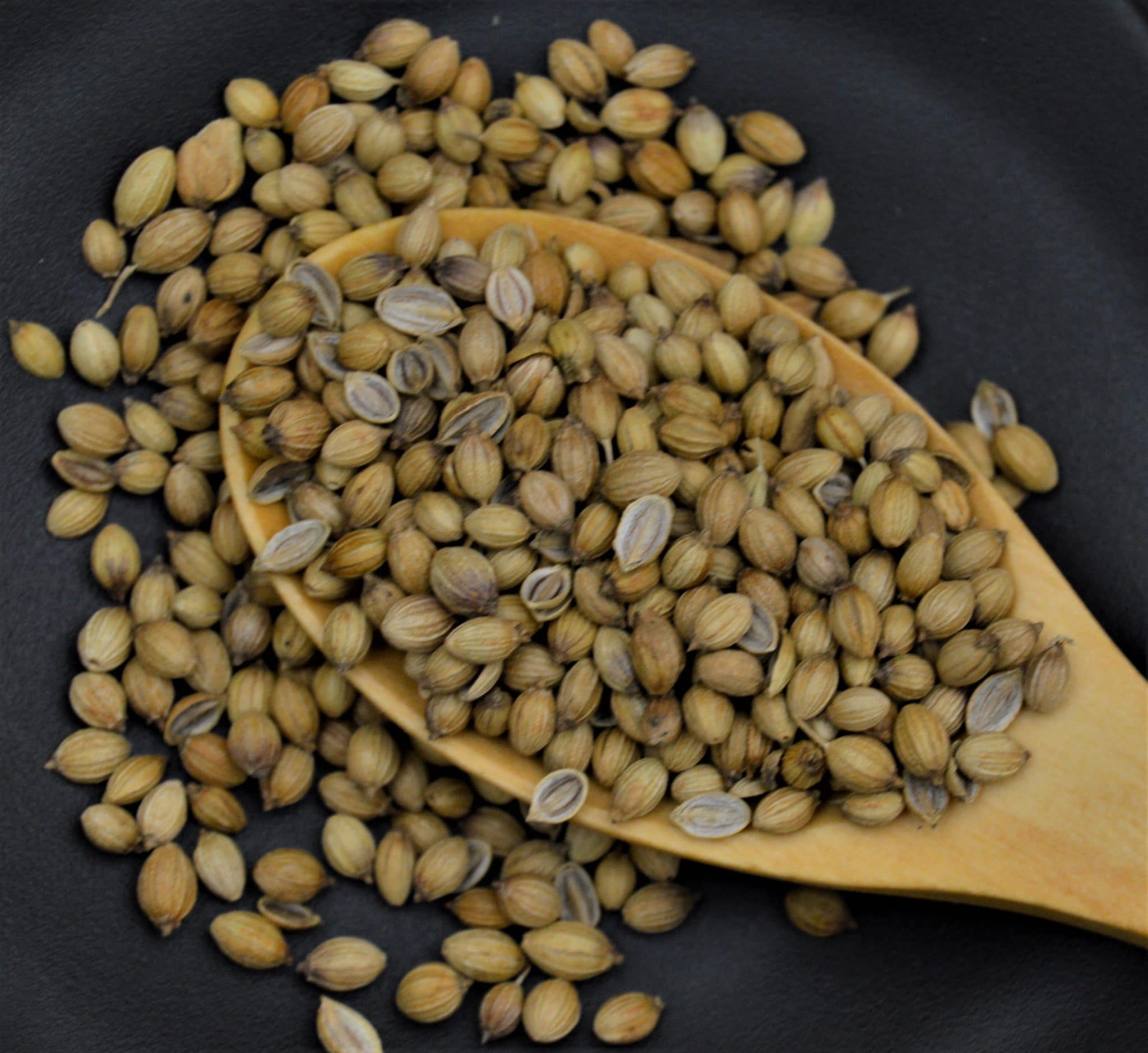
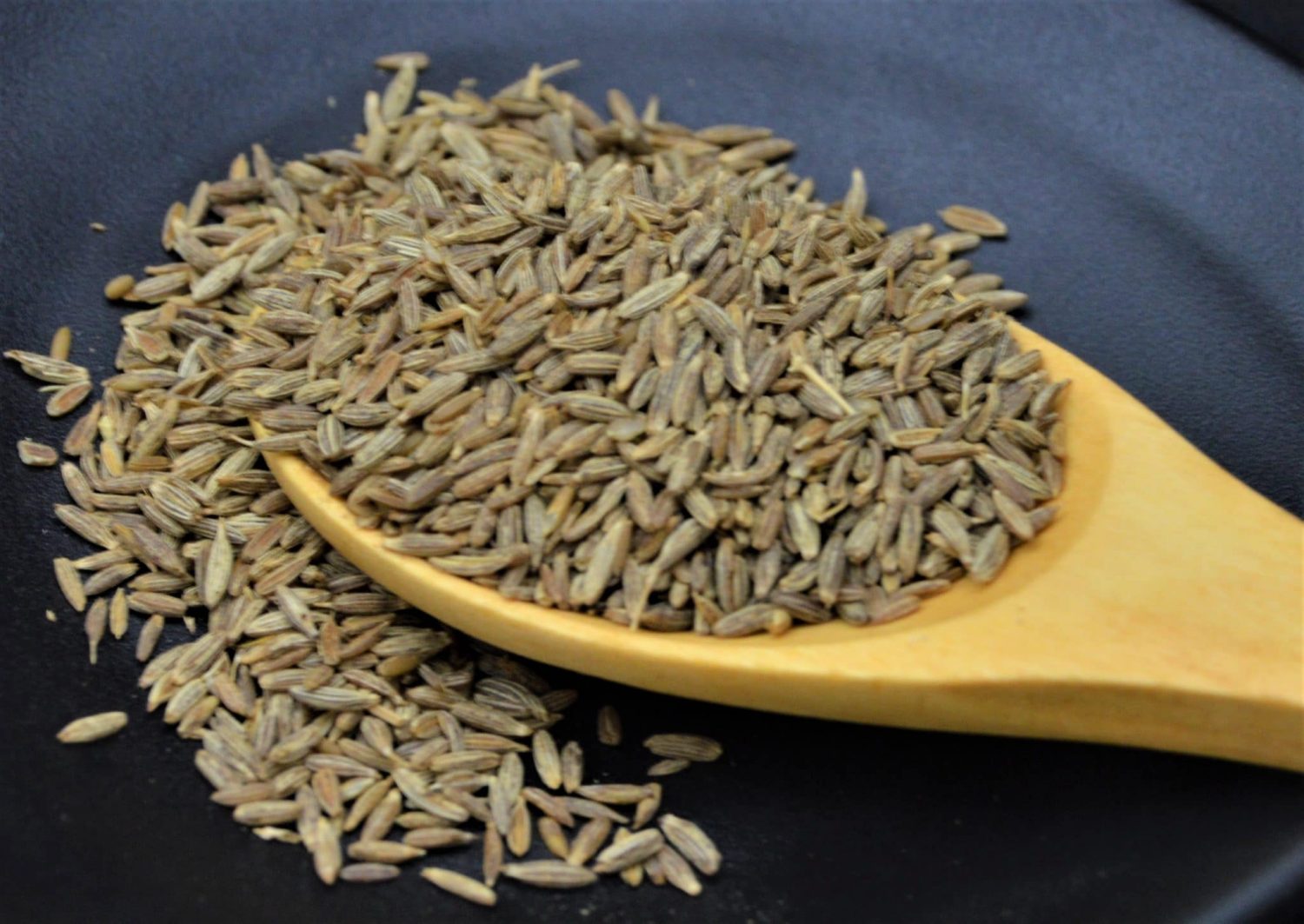
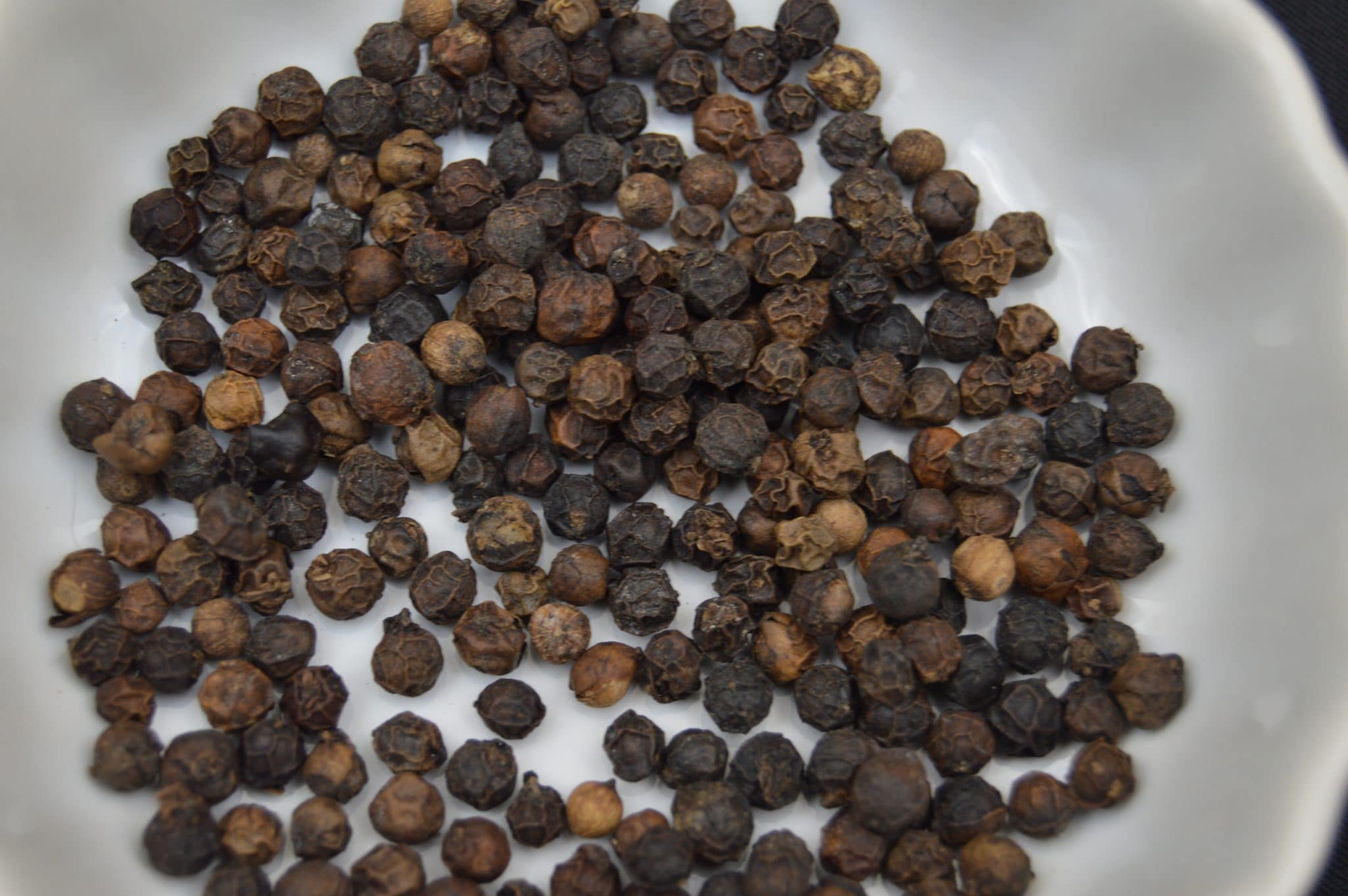
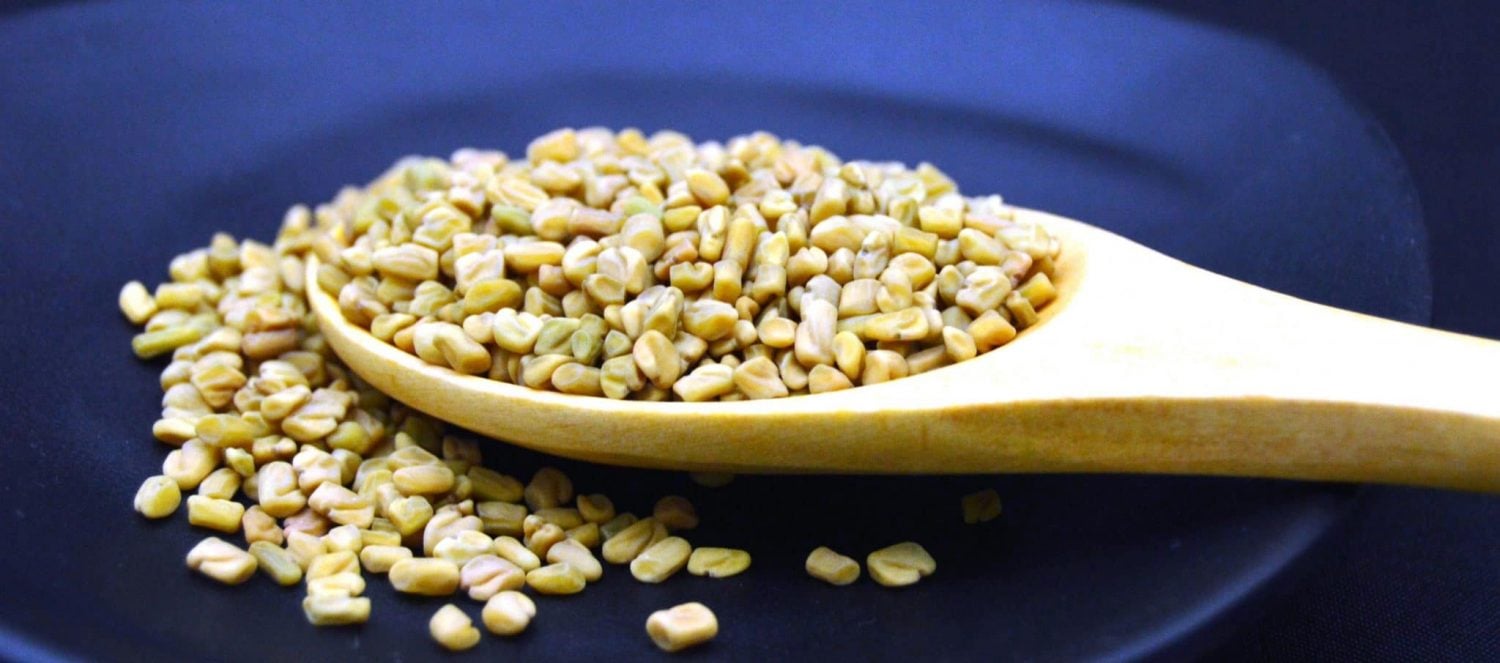
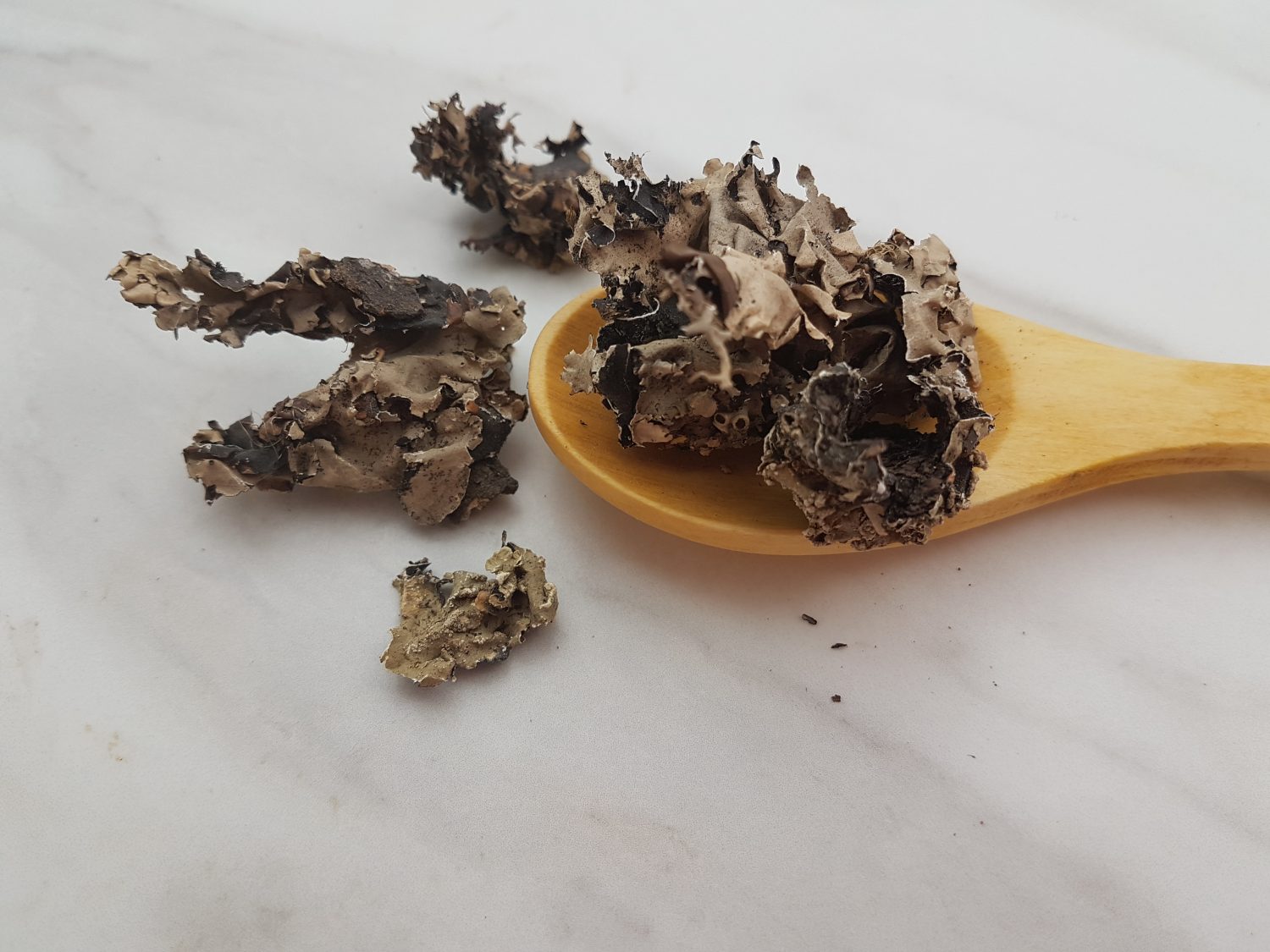
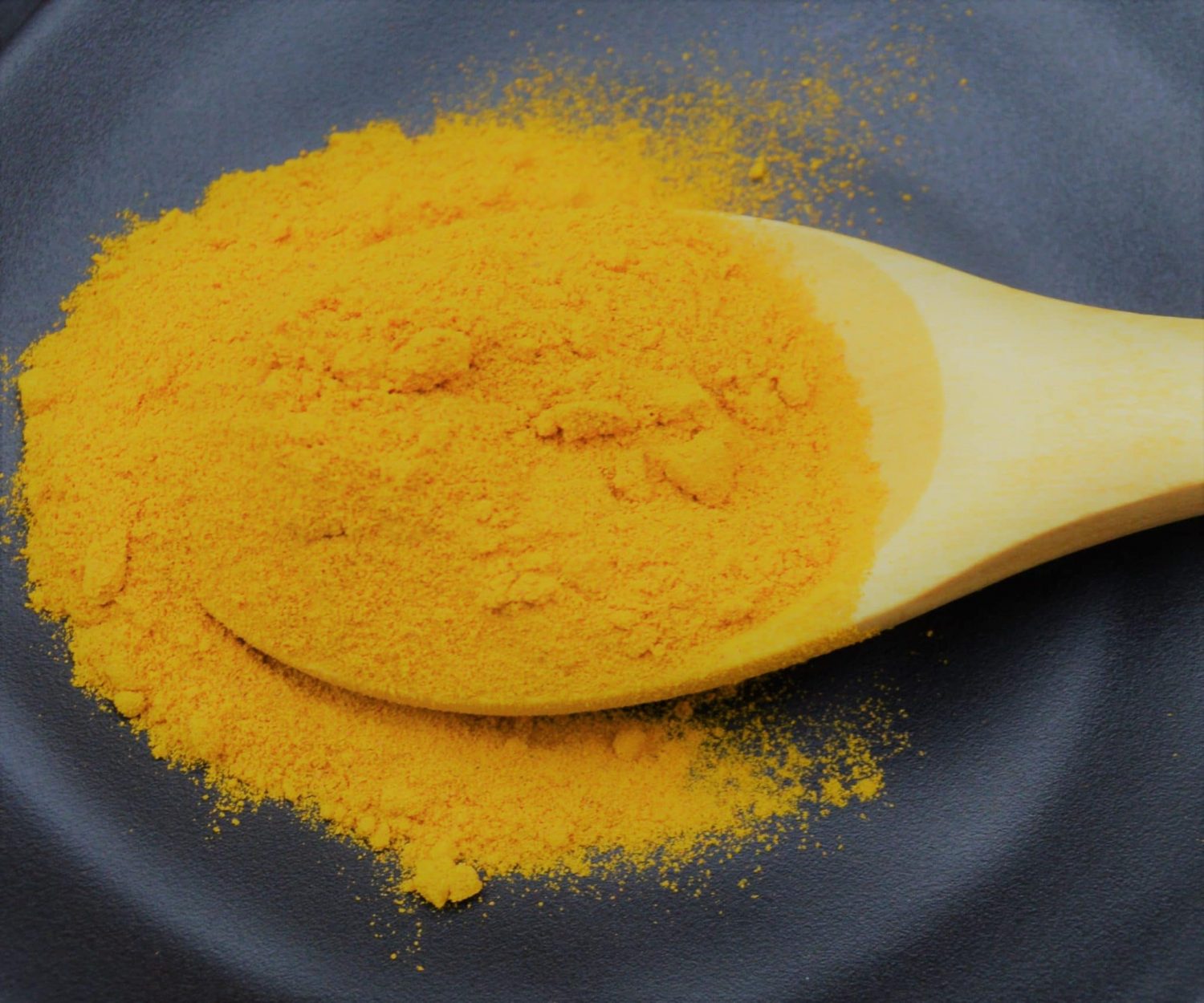
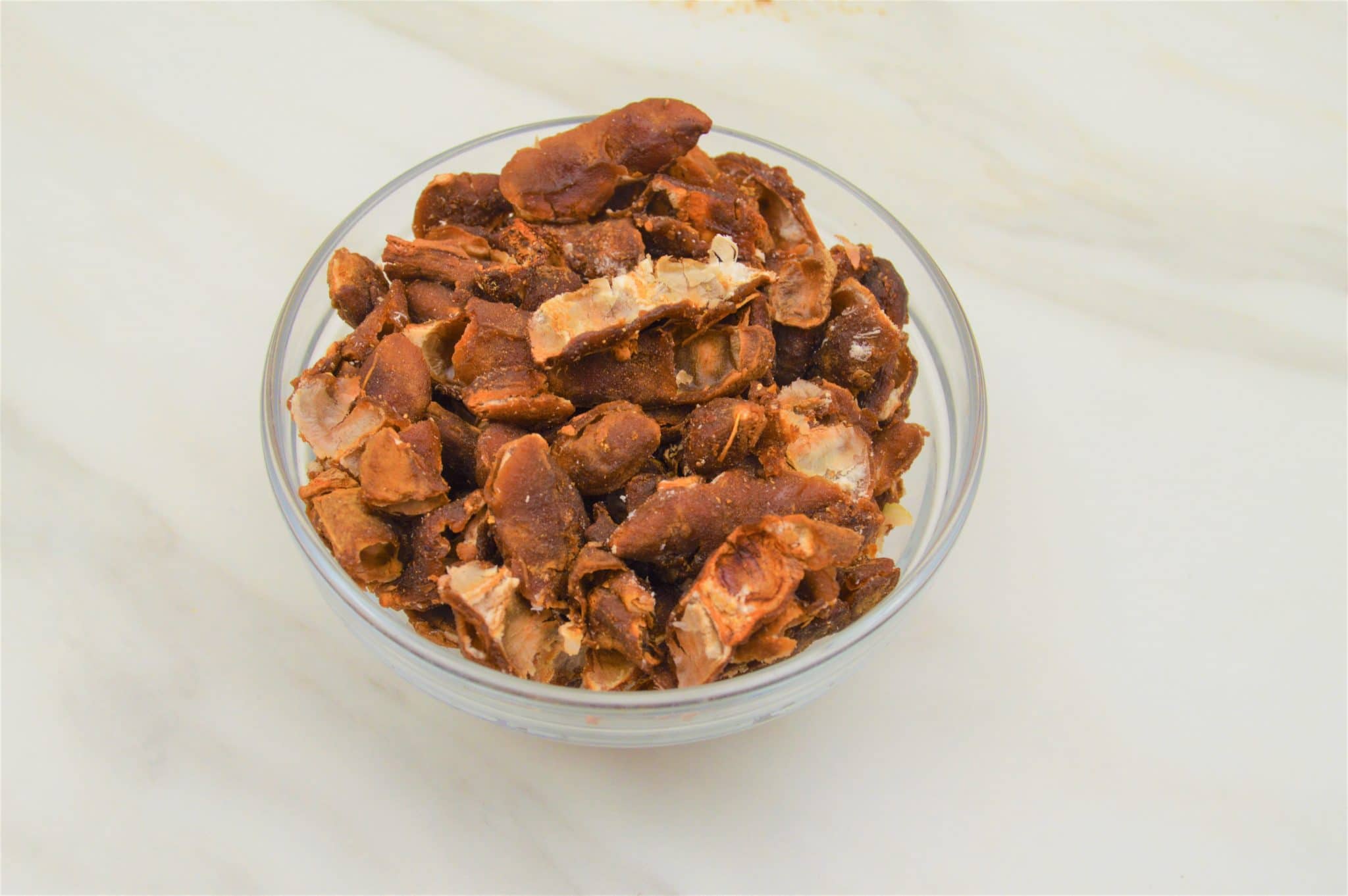
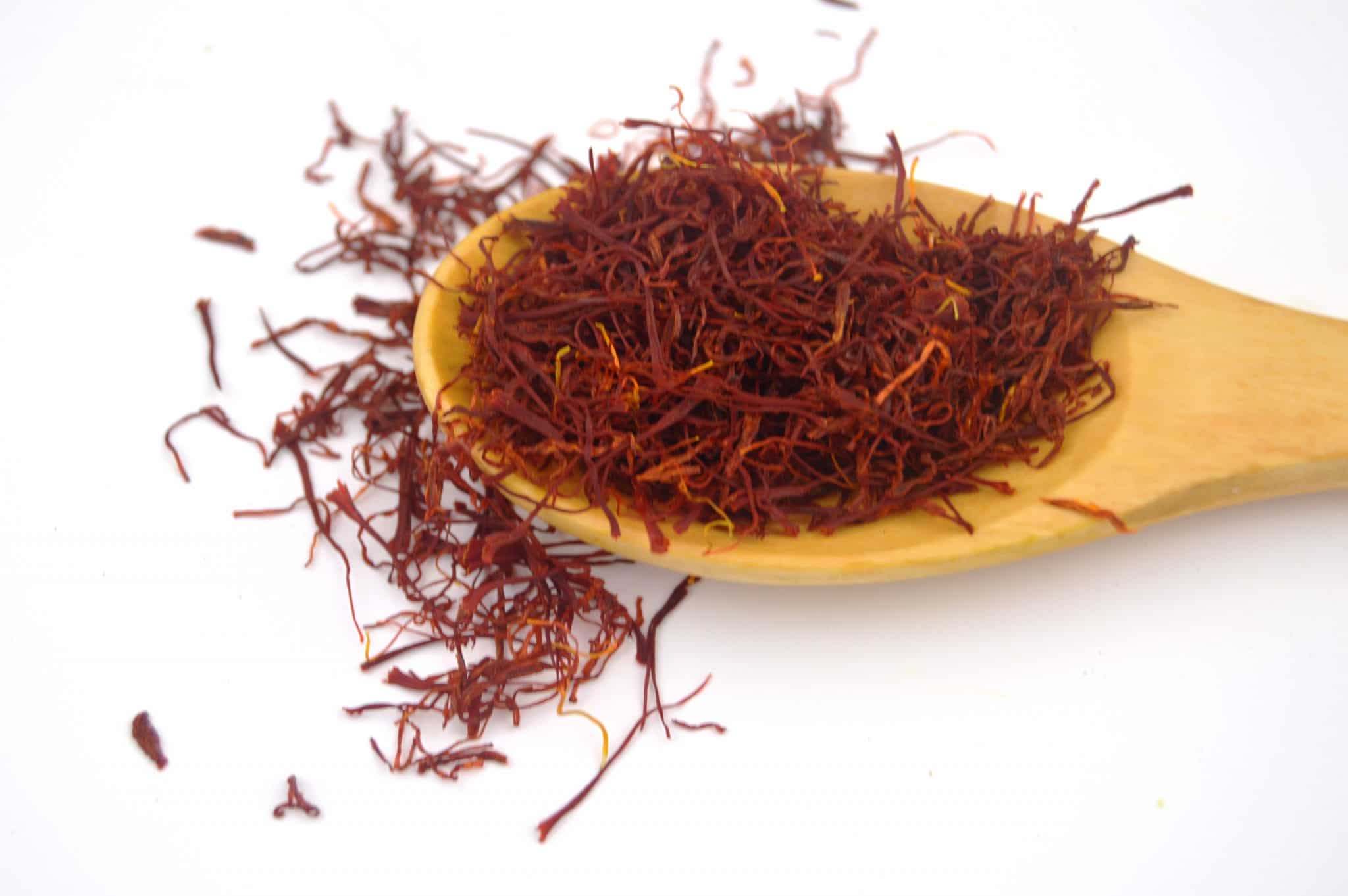
Leave a Reply